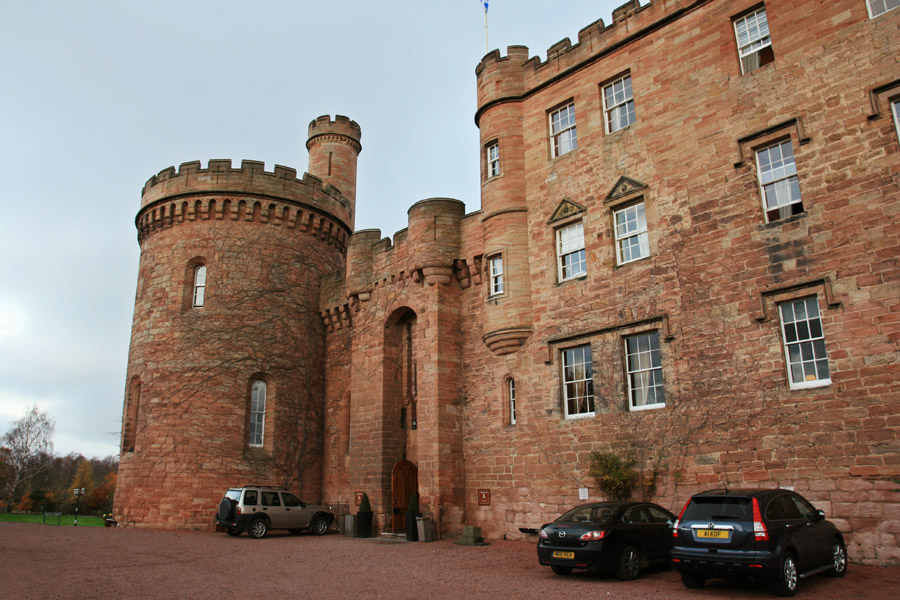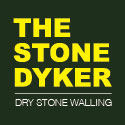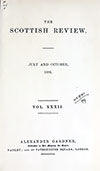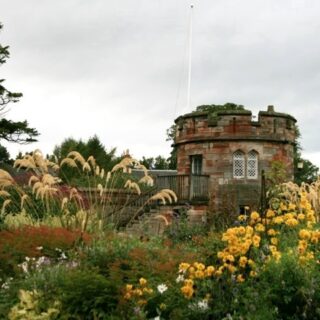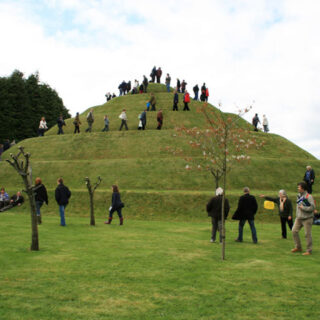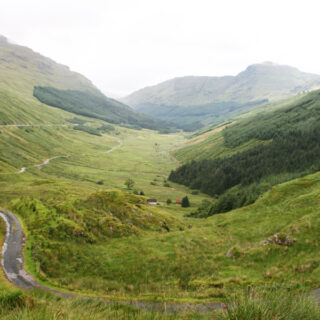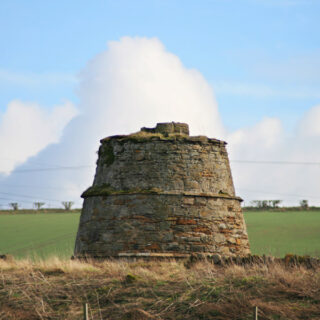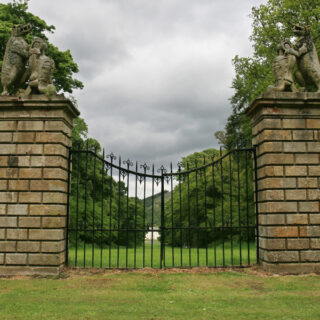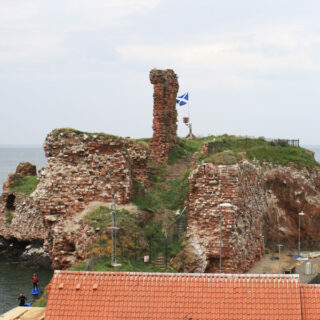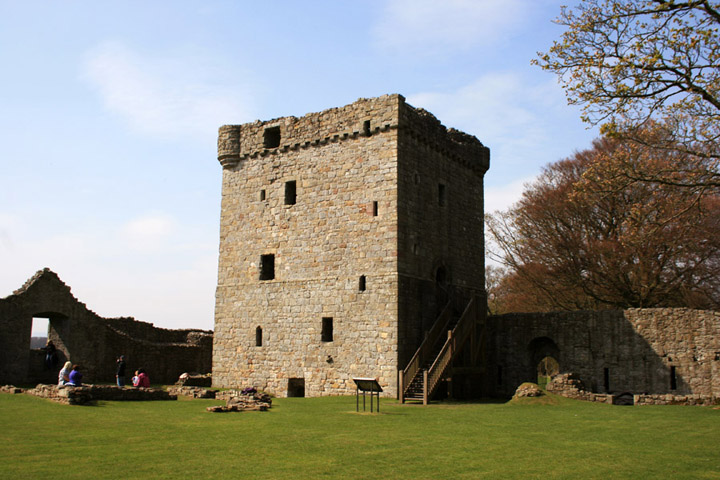
Lochleven Castle

Lochleven Castle stands in a strategically important position between Edinburgh, Stirling and Perth, and as such has seen a lot of action over the years.
The castle is most famous as the prison of Mary Queen of Scots, but the site’s royal connections go back much further – a fort was built here around AD 490 by Congal, son of the Pictish King Dongart. The island is said to have been connected to the mainland by a submerged causeway.
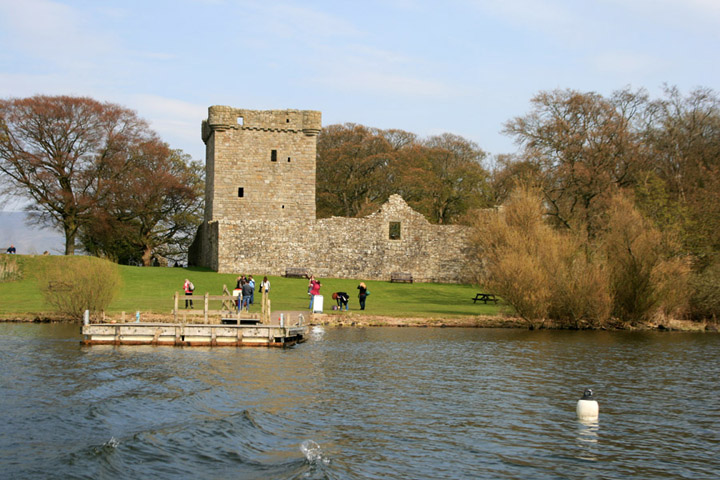
A castle was built here as early as the 13th century, since the young Alexander III was held there in 1257. A section of masonry in the south wall of the present courtyard is thought to date from this period.
Lochleven Castle was besieged by the English in 1301, but they were defeated by John Comyn. Robert The Bruce visited the castle in 1313 and 1323, and it was listed as one of the Royal Castles in 1328 (along with Edinburgh, Stirling and Dumbarton). Following the Battle of Halidon Hill in 1333 it was again laid siege by English forces, but again the castle held out successfully.
Following such turbulent times, David II strengthened the castle in the mid-14th century, building the main tower that can still be seen today. Almost square in plan, it measures 11.1 metres by 9.6 metres, and rises to a height of five storeys, with walls around 1.8 metres thick. It is one of the oldest towers in Scotland of which a substantial portion still survives.
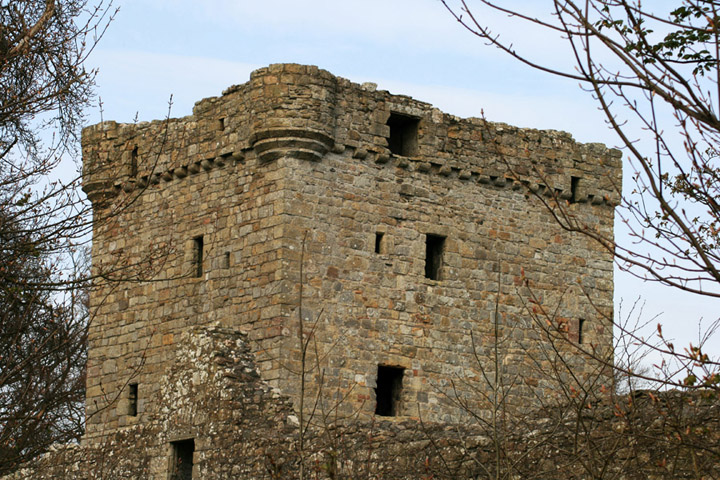
The entrance was unusually at second floor level, and as well as making the castle easier to defend it may have been a safeguard against flood waters. On the ground floor are vaulted store rooms, while on the first floor is the kitchen. The second floor comprised of the Great Hall, with the two further floors containing living accommodation.
From time to time the castle was effectively used as a state prison, and David II imprisoned Robert Stewart (later King Robert II) here in 1369. In 1371 David II died and Robert succeeded to the throne of Scotland, giving Lochleven Castle to the Douglas family in 1372.
William Douglas, the 1st Earl of Douglas, was appointed Justiciar of South of the Forth in 1372, so it may well have been him who took possession of the castle. Indeed his son, James Douglas, the 2nd Earl of Douglas, married Robert II’s daughter Isabel. Lochleven Castle would remain in Douglas hands for another 300 years.
In 1516 Margaret Douglas, daughter of Thomas Douglas of Lochleven, married John Anstruther of Anstruther.
In 1540 Robert Douglas of Lochleven received the lands of James Douglas, 3rd Earl of Morton, who had been summoned before the Privy Council by James V in 1538 for not paying his feudal dues. Douglas in turn signed Morton’s lands over to James V.
In 1547, when the Earl of Hereford led English troops into Scotland during the Rough Wooing, Lochleven was included, as Louchlevin, in a list of the four strongest castles in Fife along with Inchgaw (Lochore Castle), Ravinschweh (Ravenscraig) and Rasyt (Rosyth).
But the castle’s most famous resident was of course Mary Queen of Scots. Mary first visited Lochleven Castle in 1565 as the guest of William Douglas, later 6th Earl of Morton. However she would return in unhappier circumstances on the 17th of June 1567 as a prisoner, living in the castle until her escape on the 2nd of May 1568.
There are conflicting reports as to whether Mary lived in the apartment above the Great Hall of the main tower, or in the Glassin Tower, a round tower added in the early 16th century at the south east corner of the courtyard wall.
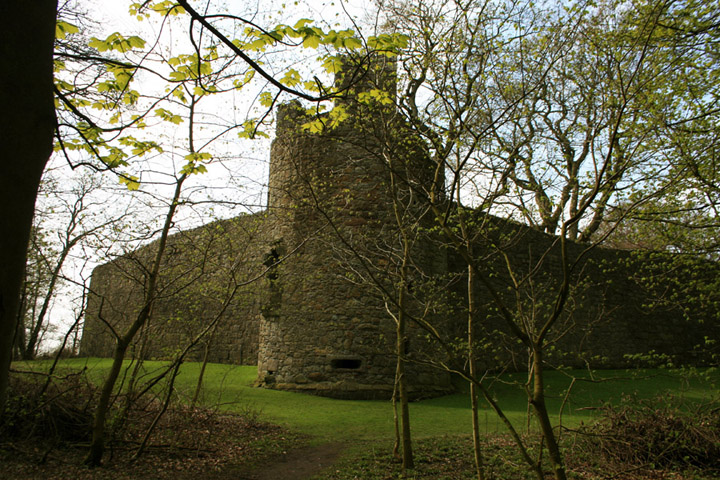
The curtain wall that is visible today is thought to be that of an inner courtyard, with an outer courtyard wall originally surrounding it. This outer wall would have been much closer to the water’s edge, as Loch Leven’s level was lowered by around 1.4 metres between 1826 and 1836 to improve the quality of the farmland around it, which increased the island’s size by about four times.
All that remains of the outer courtyard are some ancillary buildings including the remains of a bakehouse, and some foundations of the outer wall visible as an embankment.
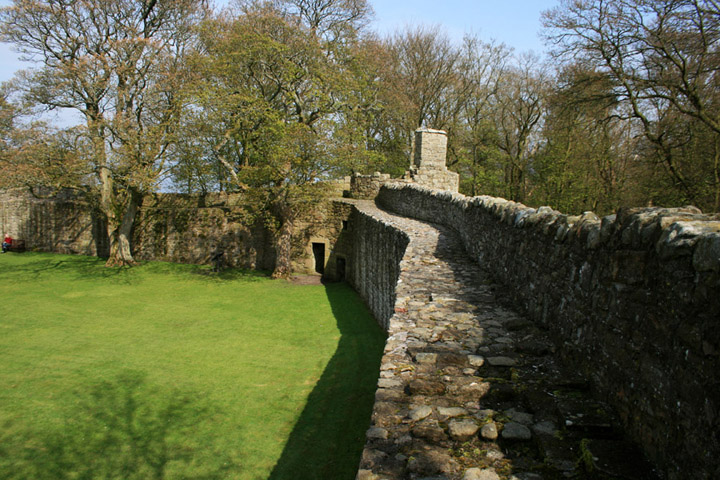
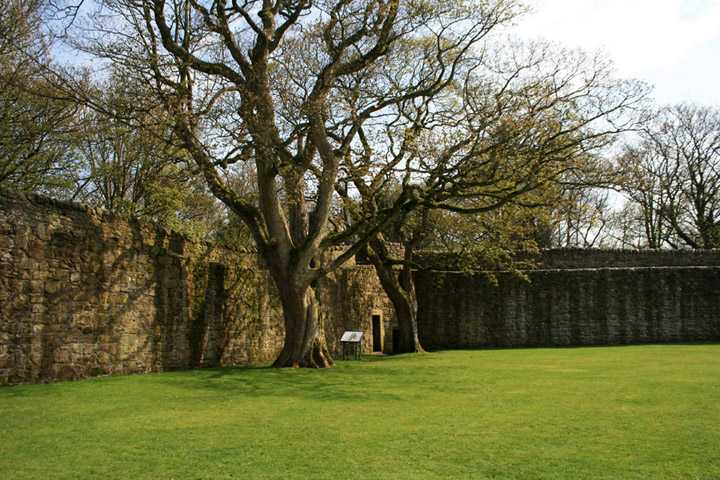
In 1578 James Douglas, 4th Earl of Morton, retired to Lochleven Castle for a while when his power and influence wained following the declaration that James VI was an adult ruler.
Morton was arrested in 1580 having been accused of complicity in Lord Darnley’s murder in 1567, was attainted and executed in 1581. In the same year James VI granted the lands, barony and earldom of Morton to John Maxwell, 8th Lord Maxwell, a grandson of the 3rd Earl.
In 1586 the Earldom of Morton was restored to the Douglases and the title and estates were granted to Archibald Douglas, a nephew of the 4th Earl. The 5th Earl died just two years later however and was succeeded by his cousin, William Douglas, son of Robert Douglas of Lochleven and Margaret Erskine, Mary’s custodian during her imprisonment.
By the late 16th century the Douglas family were using Aberdour Castle as their main residence, so Lochleven Castle fell into disrepair.
In the 16th century James Douglas, Commendator of Melrose and second son of Sir William Douglas of Lochleven, married Jean, daughter of Sir James Anstruther of Anstruther.
Lochleven was bought in 1675 by Sir William Bruce, the royal architect, along with the wider Loch Leven estates. Between 1685 and 1693 he built Kinross House, with the house and gardens aligned to focus on the romantic ruin of Lochleven Castle.
In 1777 the estates were sold by the Bruces to George Graham, a wealthy merchant with the East India Company. The estate passed into the Montgomery family when Sir James Montgomery married George Graham’s granddaughter Helen in 1816.
In 1939 the castle passed into state care, and it is now managed by Historic Scotland.
Alternative names for Lochleven Castle
Loch Leven Castle; Lochlevin; Louchlevin
